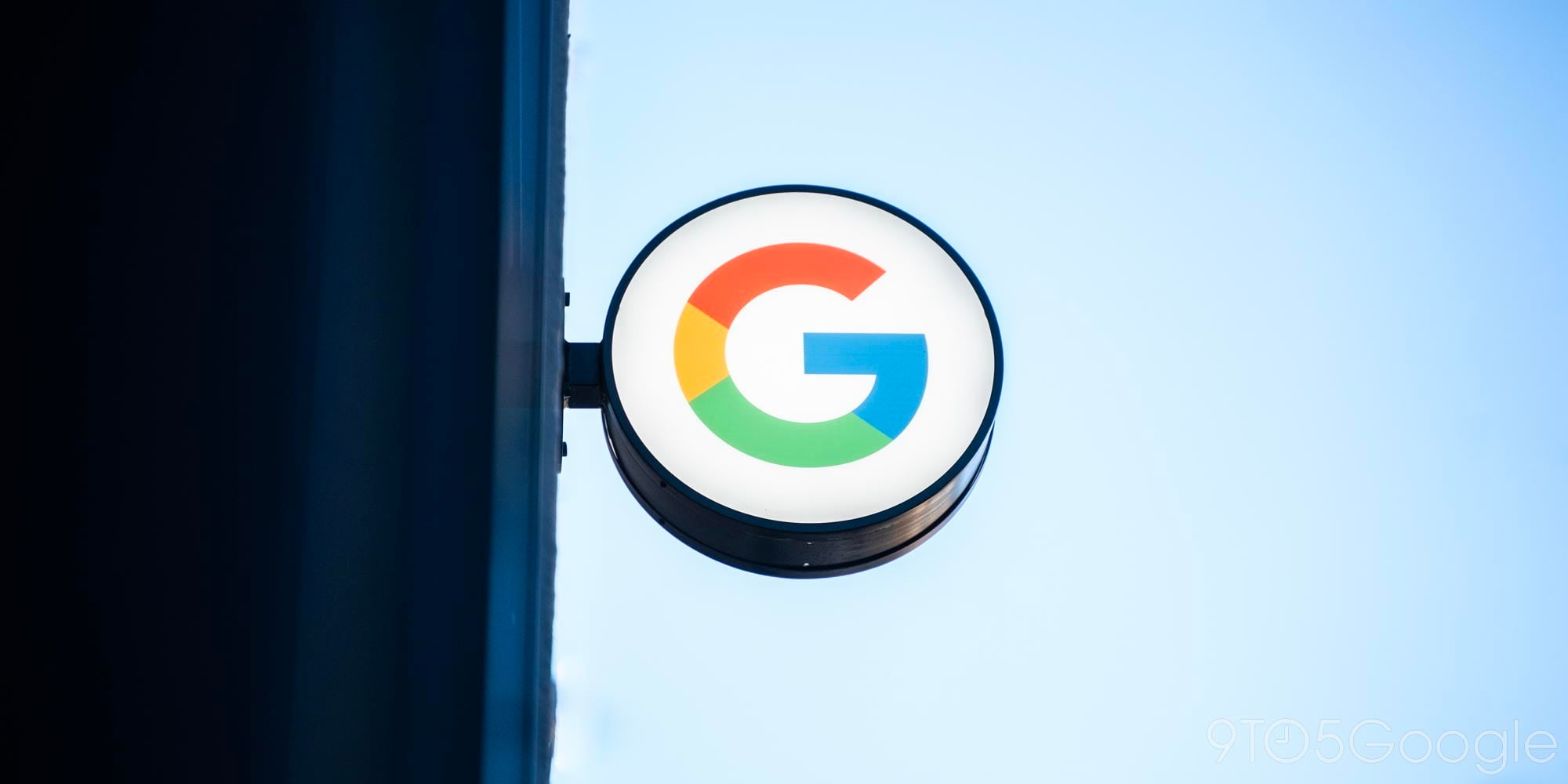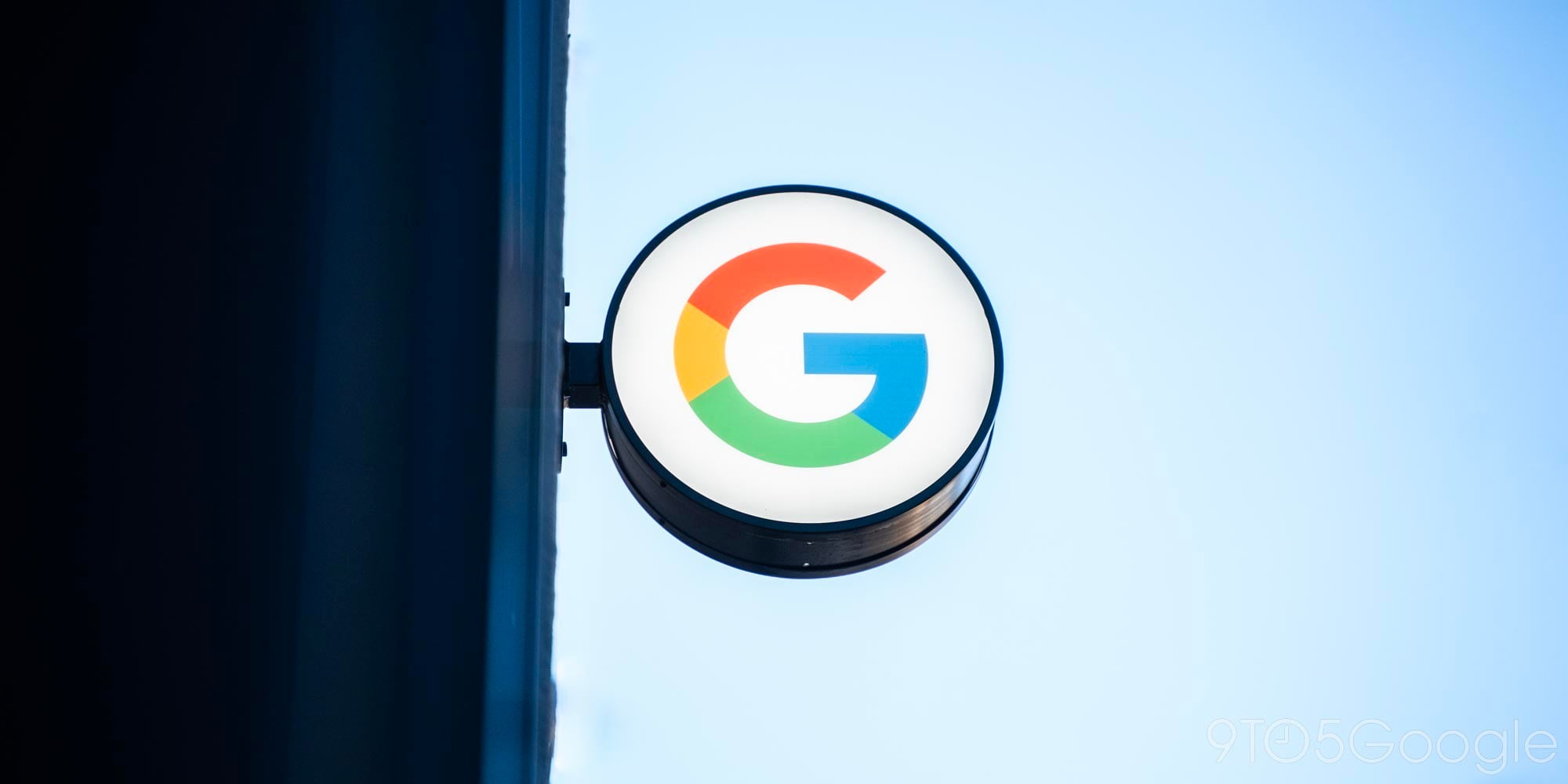
It feels like it was forever ago that we first reported on the existence of the enterprise-focused Google Glass followup. That’s because it was — we first told you about Glass EE more than two years ago.
Now, we’ve finally managed to grab a pair for ourselves, and while we have lots of coverage lined up for the coming days and weeks, first thing’s first: the unboxing experience.
I have to say that I was slightly surprised when I first opened up the package I received today. With the “new” (we’ll use that word as lightly as possible here) Glass being Enterprise-focused, I figured I’d be receiving possibly-unlabeled no-frills packaging. I wouldn’t say I was entirely wrong, but it definitely doesn’t feel too utilitarian.
The packaging for Glass Enterprise is really nice. It’s minimal, cleanly designed, and practical. It comes in two parts: the “Pod,” which describes the Glass hardware body (I got the Charcoal variant), and the “TI Band,” which is the titanium band.
You’ll find the word “Glass” in a few different places on the packaging, and that’s how the device is referred to everywhere. It’s just Glass — not Google Glass. The packaging labels also confirm what we’ve known for a while: Enterprise Edition is Model “GG1” and has an FCC ID of “A4R-GG1”.
Inside the main “Pod” box, there’s the unit itself, a tiny little instruction booklet that shows you around the device, and the charging cable. The cable is really nicely made, and is of the braided style with a magnetic connector on one end that attaches to the body of the unit and USB-A on the other.
The hardware is clearly higher-quality than the original Google Glass, and there are minor improvements everywhere: as we detailed in the spec sheet we published in July, it has an audible speaker, dual-band 802.11a/b/g/n/ac WiFi, an LED on the front (to let you know when the camera is capturing), a faster Intel Atom CPU, 32GB of storage, and a larger 780 mAh battery.
Another thing that hasn’t been detailed before is that the device has some whimsical new sounds. Opening and closing the hinge makes a chime, there’s a new sound when you pop on the magnetic charging cable, and the boot-up and boot-down sounds are also improved. They all sound great.
Other changes from the standard Explorer Edition Google Glass are ever-present in the software, but all Enterprise Edition models ship with pre-loaded and customized software from the vendor that provided the unit — so there’s not a default home screen on all Glass Enterprise models.
Some parts of the software are the same, however, like the settings app. The system settings let you see battery status, Bluetooth status, connect to a WiFi network, change volume, see Device options (such as screen lock and encryption), set up eye & head gestures, and dig into developer settings. The unit we have is running software version EE13.
I’ll be doing a full hands-on with the unit in the coming days, and I even plan to do a “review” of sorts where I’ll consider all of the different aspects of the device and whether or not it’s even relevant in the enterprise in 2017. At this point, the hardware is getting outdated.
I’ll say this now, I’ve said it before, and I’ll say it again. This not a consumer-friendly product, so don’t expect me to cover it from that perspective — most people would probably be too embarrassed to even put this on in public. I know I am. But for the most hardcore of Google fans out there, enjoy perusing the below gallery of photos.
FTC: We use income earning auto affiliate links. More.






Comments